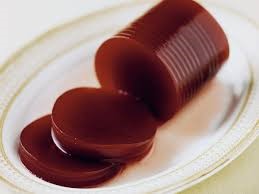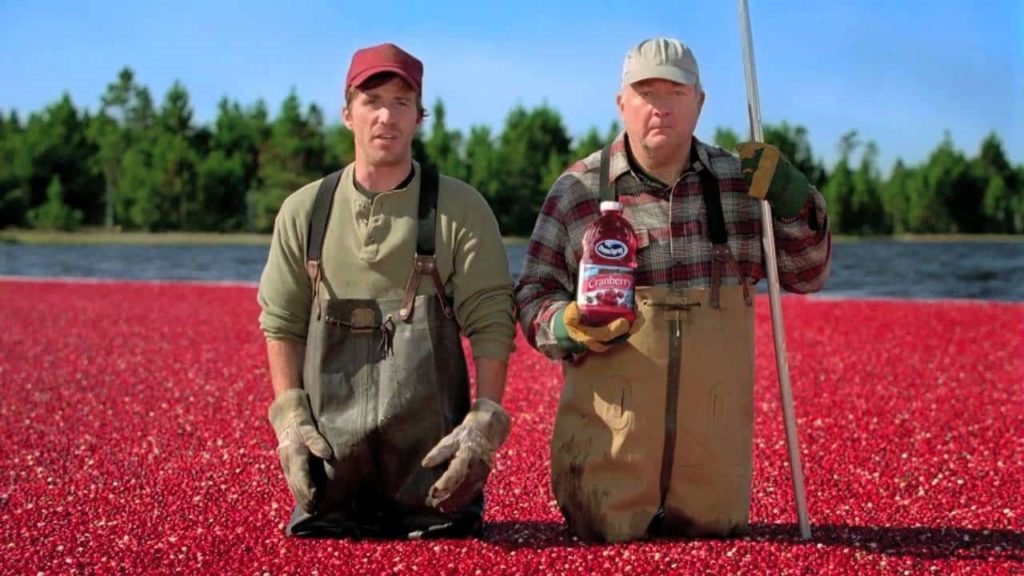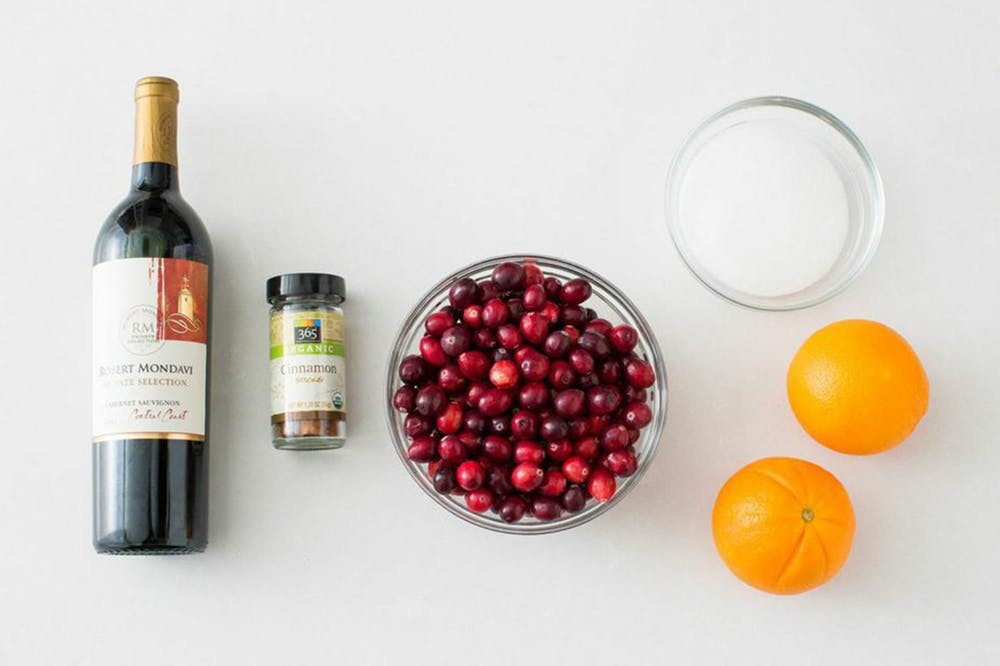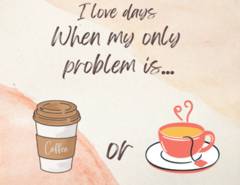BY: MEREDITH MYERS

Introduction
In today’s new food product environment, it seems both hip entrepreneurial startups and hallowed titans of the food industry alike are in a race to create the latest, greatest, and most importantly the most natural new food product. Throughout the 1980s and 1990s consumers demanded that food companies strive for scientific advances that would transform their foods into the sustenance of the future which their parents couldn’t have even dreamed of, such as diet sodas that tasted identical to their full flavor cousins, yet had zero calories1.
However, fast forward to 2018 and consumers today don’t even want the word chemical to be used in the same sentence as the word food, with some people taking it so far as to revert their diets back to eating habits similar to those of primal cavemen2. However, with the current demonization of processed foods and natural products reigning supreme, one relic from the 1940s still outcompetes its fresh counterpart in grocery stores across the U.S., with 74% of Americans preferring to eat the canned version rather than consuming it homemade3. Now what is this food product anomaly that has withstood the test of time in our raw food obsessed society? I’ll give you a hint: we almost exclusively consume it during the Thanksgiving/ Christmas holiday seasons. Have any guesses? Okay I’ll tell you- it’s jellied cranberry sauce! Now let’s learn more about how this beloved wiggling log of deliciousness came to be.
History of Cranberry sauce in the United States
Today, Americans consume 5,062,500 gallons of jellied cranberry sauce every year and leave only 5% of North America’s annual cranberry harvest to be eaten as fresh fruit. If we travel back in time to 100 years ago, we would discover that this was not the case. Food processing techniques to preserve the beautiful red berry known as the cranberry had not been applied to cranberries yet, so the berries could only be eaten in their fresh form during peak harvest time, from about mid-September to mid-November, which provides some insight into how cranberry sauce was selected by Americans as a perfect Thanksgiving side.
The cultivation of cranberries in North America was started by the Native Americans; however, they did not become commercially cultivated and sold until 1816 by a Revolutionary War veteran named Henry Hall in Dennis, MA. The cranberry harvesting business began gaining in popularity in the mid 19th century, and fierce competition raged between cranberry farmers across the North East. However, among all the men who made their living growing these tiny and tart berries, one savvy lawyer named Marcus L. Urann would change the course of cranberry consumption history in the early 1900s when he left his arduous law career in search of a more fulfilling life as a cranberry farmer in Massachusetts.

After Marcus Urann had transitioned to his new and simpler way of life, he could not forget his life as a businessman and became obsessed with inventing ways to extend the six-week shelf life of his fresh berries and make them available to consumers year-round. These inventive preservation techniques included the creation of cranberry juice cocktail in 1933 as well as the birth of the star of this piece, canned cranberry sauce, in 1939. The creation of these products generated a market for cranberries that had never been seen before, which spurred some of the largest cranberry growers at the time to band together and create the National Cranberry Association in 1946 (which was renamed Ocean Spray in 1957 after Urann came across a fish company with the name in Washington State and bought the rights to it). This cranberry cooperative was formed to minimize crop volume and price instability and corner the cranberry market, all under Urann’s leading. Today, the Ocean Spray cooperative still exists, including over 600 independent growers in the North East, Wisconsin, Pacific Northwest, and parts of Canada3.

Food chemistry of cranberry sauce
Now that we know a little bit about how cranberry sauce was brought to the market, it is time to investigate how cranberries are transformed from their firm, natural berry state into the gelatinous springing cylinder we render from the can every Thanksgiving season?

The answer to this question is pectin. Pectin is a naturally occurring molecule in firm, fleshed fruits and vegetables (such as cranberries) which polymerizes in jams and jellies to form a stable food gel, one that has a bouncy yet firm texture. Upon heating, the cranberries will burst from production of steam inside the berry and the naturally occurring pectin in the skins will leach out of the skins into the system where it interacts with sugars upon cooling. The longer the berries are heated, the more pectin that will be extracted from the skins, which will result in a firmer sauce. Factors that can affect the gelation of cranberry sauce will include sugar content (cranberries gel best at about 30% added sugar), water content, and pH (lower pHs favor pectin gelling) so all must be considered when designing a cranberry sauce recipe4,5.
Conclusion
Even though the majority of us have probably heard of the tradition of eating cranberry sauce during the holidays, I bet a lot of us never knew how such a tradition came to be or how cranberry sauce was actually made. I hope this blog post could answer all of the above questions as well as inspire you to make some creative cranberry sauce creations in your own homes! I have attached 3 fun recipes I found online for modern day takes on cranberry sauce that you can make at home such as cabernet cranberry sauce (https://www.brit.co/creative-cranberry-sauce-recipes/), or feel free to just sit back, relax, and crack open a can of the old-fashioned stuff! Enjoy!

References
- Christina R. Whitehouse, BSN, RN, Joseph Boullata, PharmD, RPh, BCNSP, and & Linda A. McCauley, PhD, RN, FAAN, F. The Potential Toxicity of Artificial Sweeteners.
- Paleo diet: What is it and why is it so popular? – Mayo Clinic. Available at: https://www.mayoclinic.org/healthy-lifestyle/nutrition-and-healthy-eating/in-depth/paleo-diet/art-20111182. (Accessed: 17th December 2018)
- K. Annabelle Smith. This Man Made the First Canned Cranberry Sauce | Arts & Culture | Smithsonian. smithsonian.com (2013). Available at: https://www.smithsonianmag.com/arts-culture/this-man-made-the-first-canned-cranberry-sauce-180947862/. (Accessed: 11th December 2018)
- Claire Lower. Savor the Science: The Polymerization of Cranberry Sauce — RENDER. (2014). Available at: http://www.renderfoodmag.com/blog/2014/11/23/savor-the-science-the-polymerization-of-cranberry-sauce. (Accessed: 11th December 2018)
- Pease, M. A. Influence of Preparation and Processing on Cranberry Gel Properties. (2007).






Well done. The life blood of Ocean spray! WHO KNEW